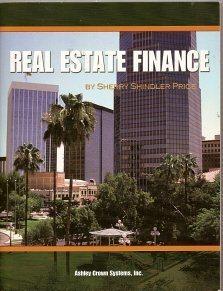Bootleg Industries, Inc. intends to invest in two new operating divisions, a beer distributorship division and a winery division. While Bootleg is a publicly traded holding company, it does not possess an Equity Beta for either of its intended divisions. However, on the other hand, a number of "proxies do exist in each industry, thus permitting Bootleg to establish a "proxy" beta for each of their two new operating divisions, that is representative of only the "operating characteristics" of each of the divisions. However, the degree of leverage for each of the industry proxies are significantly different from each other and from Bootleg's target leverage for the two divisions. BEER DISTRIBUTORSHIP INDUSTRY Company Equity Beta Mkt % of Debt/Value Mkt Capitalization as % of the Industry A 0.88 65% 23% B 69% 50% 0.38 14% 5% D 0.95 79% 22% 1.46 For the beer distributorship division, Bootleg wishes to target a market-based "Debt/Value ratio of 74%, principally representative of long-term debt, the cost of the long-term debt for this division, estimated at 10.52%. WINERY INDUSTRY Company Equity Beta Mkt % of Debt/Value Mkt Capitalization as % of the Industry A 0.75 21% 5% B 0.60 10% 8% 0.13 4% 2% D 0.64 3% E 1.00 23% 67% F 1.08 26% 15% 6% Bootleg wishes to target a market-based Debt/Value ratio of 42% for their winery division, again representative of principally long-term debt, the cost of the long-term debt for this division, estimated at 10.05%. A) Assuming a corporate tax rate of 30%, a long-term risk-free rate of 8.45%, an historical equity risk premium (or excess market return) of 6.0%, calculate Bootleg's weighted after-tax cost of capital for both each of the divisions, as well as an overall corporate, composite weighted after-tax cost of capital, on the basis that the working assets of the beer distributorship division representing 45% of the total working/identifiable assets of the two divisions. B) Bootleg Industries, Inc. is contemplating a vast corporate infrastructural investment of $2,000,000, with an estimated economic life of 10 years. It is intended to save the company $465,000, over the course of each year, in pre-tax cash operating expenses. Again, the company's tax rate is 30% and the investment's depreciation is estimated to be computed ratably over the ten years to a zero salvage. A $125,000 commitment to working capital is required at the same time as the initial investment. 1) Should the investment be undertaken and please defend your conclusions. 2) Also please supply Bootleg with a sense of the investment's "performance" return







